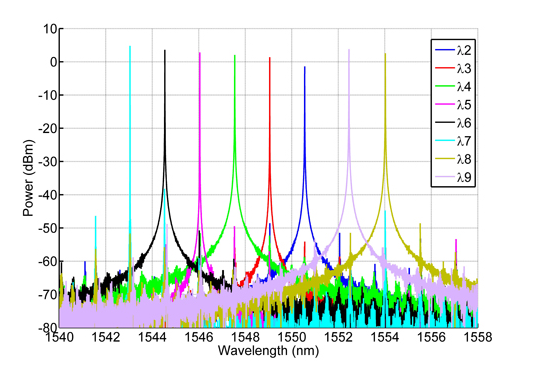Cost factors restricting the development of 10GbE Ethernet
Of course, we will be told that this year will be the year 10Gb / s Ethernet great development over the past few years as we have been repeatedly told that. The reason is not because of technical ability -? 10 gigabit ethernet sfp has stabilized for some time - but because of the cost.
When 1000 base-t technology dominate the market, you can take 10/100 of your device is inserted into the 10/100/1000 switch, and then it can work.More important, 1 gb/SEC Ethernet port on a switch cost has dropped to very low, so that if we don't need to maintain high throughput on these links, we all feel that they spend money on port.If we need 1 gb/SEC Ethernet is there, even if we don't need most of the time.
Some people believe that 10 gb/SEC Ethernet will follow the same pattern, but even the optimists are also beginning to forecast by 10 gbase - 2014 T to be made more than the alternative solution deployment.Even if by that time, we are still going to deal with the various types of 10 gbe interface type.The price is still an obstacle.The price of each switch port 1000 base-t can only $10, but the most common type of 10GBASE SFP+ - the switch port cost is 300 dollars, I expect this costs can drop to below $200 by the end of the year.10 gbase - T still more expensive than the unit switch port costs of SFP +, and compared with the SFP +, 10 gbase - T more rare on the market.
Cisco will tell you the opportunity 10Gbase-T is now. Of course, it must rely on something like "unit Gb costs" kind of lying in order to convince people. Most companies are not prepared to increase the bandwidth of the connection, so just imagine that we will do it only shows trying to sell 10GbE vendors completely unwilling to participate in the 10GbE market commercialization in the past.
Clever powerpoint slides can talk "10 times more bandwidth, only three times the cost", but it is only used in the mainstream of avoiding real problem: most businesses don't need to be 10 times the bandwidth, and is not willing to pay 3 times the cost.
If you are switching infrastructure is Cisco end - to - end , you may not care about how cost . You may not care about the SFP + $ 100 or $ 300 straight cable 's 1000base-sx sfp transceiver module . If your business depends on commodity SME switches, then you - like me - would have been free to use almost 1Gb / s link , 10GbE down until a reasonable price level.
Cisco , Juniper and other vendors are not prepared to promote commercialization. They have been marginalized in the face of market problems in 2013 . Software-defined networking is increasingly becoming a threat , eventually it will be possible crowding out of our core infrastructure for decades with these vendors of proprietary products.
Intel has vigorously to 10 gbe configuration to the motherboard and promote its commercialization.All servers in the future will be ready to use 10 gbe, but for many companies, they will be no one to dialogue.
As a giant switch chip, Intel can choose tomorrow, let 10Gbase-T Explosive appear on the market within a quarter. The company produces excellent 10GbE switch chip - with a very low price to D-Link or Netgear will rewrite the pattern of the entire market.




